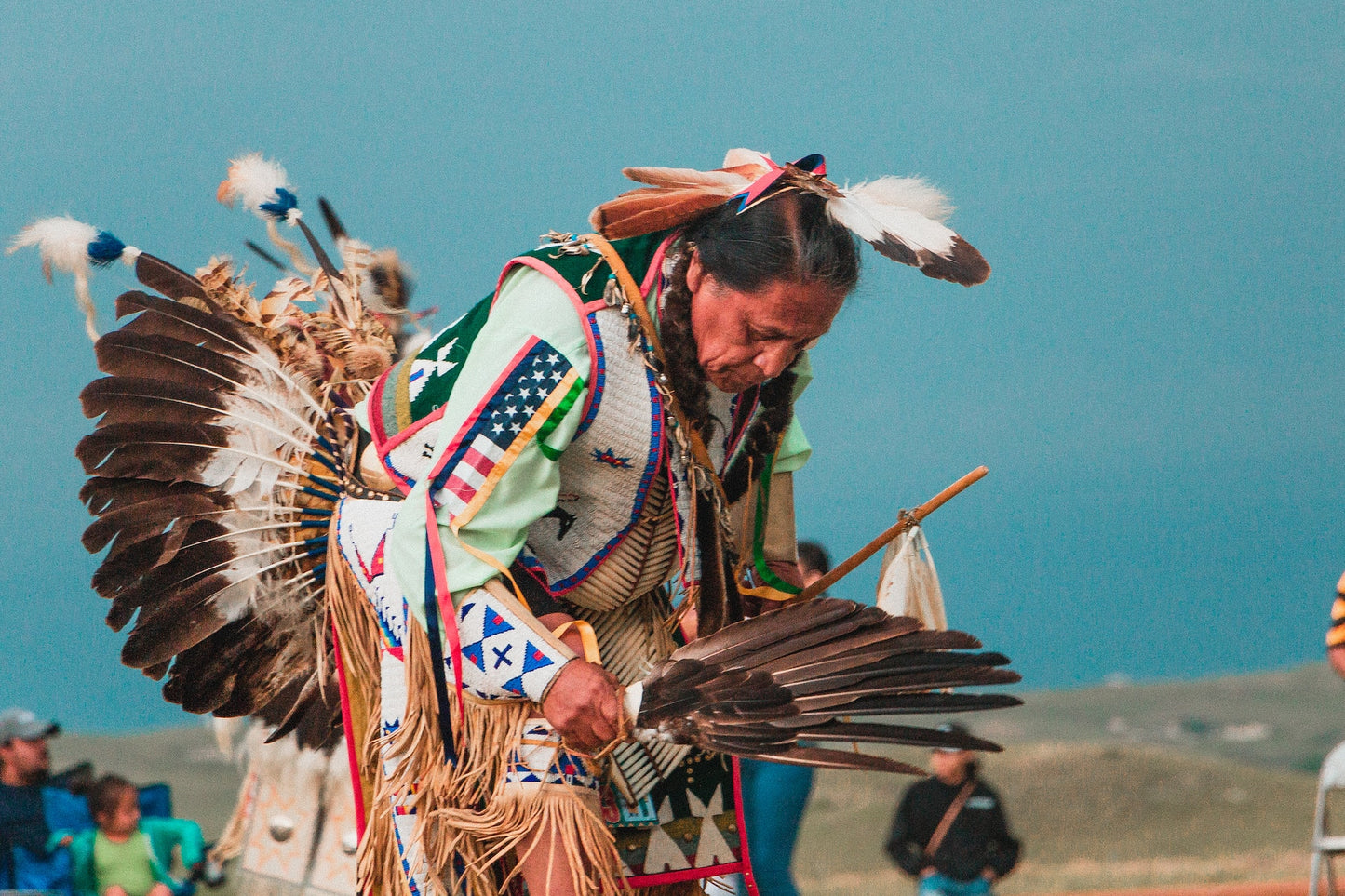
Native American jewelry is distinctive and unique, and beloved by people from all backgrounds all over the USA and beyond. It is amongst the most popular and prized mementos sought by vacationers, especially in the southwest, and is worn and treasured by men and women all over the world.
When you shop for Native American necklaces, bracelets, and more, there are certain terms you should be familiar with to help you understand the craftsmanship and style of jewelry to select the piece that’s right for you.
Here are some terms you’ll likely encounter – and what they mean!
ANTIQUING – this is a process that darkens silver, creating an oxidized look and contrast in the silver worked design and/or a more vintage appearance.
APACHE TEARS – rounded obsidian (black volcanic glass) pebbles (also known as marekanite) and particularly found in Arizona and Nevada.
BAIL – used on necklaces to attach a pendant.
BEZEL – a band or ring of metal that surrounds a faceted or cabochon stone and holds it in its setting.
BOLO TIE – a type of necktie made of a piece of cord or braided leather with decorative metal tips and secured with an ornamental (silver, turquoise, or other stone) clasp or slide. They are prevalent in Navajo, Zuni, Hopi, and other Pueblo craftsmanship.
CABOCHON – a stone that, rather than being faceted, is cut with a flat base and a smooth, convex surface. It may be domed or flat and round, oval, square, or another shape. It is a simple, ancient cut and is ideal for semi-opaque and opaque stones.
CARNELIAN – a semi-precious stone, carnelian is translucent, red to orange in color.
CASTING – the process of pouring molten metal into a mold and allowing it to harden into that shape/design.
CHRYSOCOLLA – an opaque blue-green mineral stone that bears a resemblance to turquoise, chrysocolla is found where copper is located; there are significant deposits locally in Arizona, New Mexico, and Utah.
CONCHO – from the Spanish for “shell”, this is a belt style made of silver disks that are set with stones such as turquoise and/or stamped with decorative patterns.
CORAL – formed by the skeletal remains of tiny marine animals, coral grows on reefs and atolls and ranges in color from white to shades of pink and red.
EMBOSSING – a raised design shaped into silver.
FETISH – these objects are made by all Southwestern Native American tribes and they represent animal and nature spirits. The Zuni are renowned for their skill at fetish carving and each of their traditional directions (north, south, east, west, sky/up, and down/underground) has its own guardian fetish: mountain lion, badger, wolf, bear, eagle, and mole.
HALLMARK – the official, unique mark of the silversmith or artist that is inscribed or stamped into the metal of the jewelry piece. It depicts the maker as well as the fineness/purity of the metal used.
HEISHI – this Pueblo term refers to discs with a central hole that are strung together to make a flexible necklace or bracelet. It is often made with coral, turquoise, or shell. The Santo Domingo people are renowned for Heishi.
HOPI – Pueblo people of Northern Arizona, this tribe is renowned for silver overlay jewelry, Kachina dolls, and pottery.
HOWLITE – a gentle stone found in white, blue, or green.
INLAY – a jewelry-making technique in which the stones, coral, or shells incorporated have a flattened surface that is placed flush with the surrounding silver setting, often resembling a mosaic. The Zuni are notable for outstanding inlay jewelry design.
JACLA – originally attributed to the Rio Grande Pueblo Indians and also associated with the Navajo, a jacla is two loops of heishi (originally earrings) fastened to the bottom of a beaded necklace as a pendant-style attachment.
JET – a highly polishable black stone derived from the ancient decomposition of wood millions of years ago. It is used to craft fetishes and beads and incorporated to create inlay pieces.
KACHINA – an ancestral spirit of the Pueblo Indians, often depicted in costumed dance and dolls.
KOKOPELLI – traditional Pueblo totem that may have originally represented ancient Aztec traders or could be an anthropomorphic insect. Either way, Kokopelli is found in many ancient Southwest petroglyphs (rock carvings) and is represented in jewelry and kachina dolls.
Come back next time for the completion of our glossary of Native American Jewelry-related terms!
